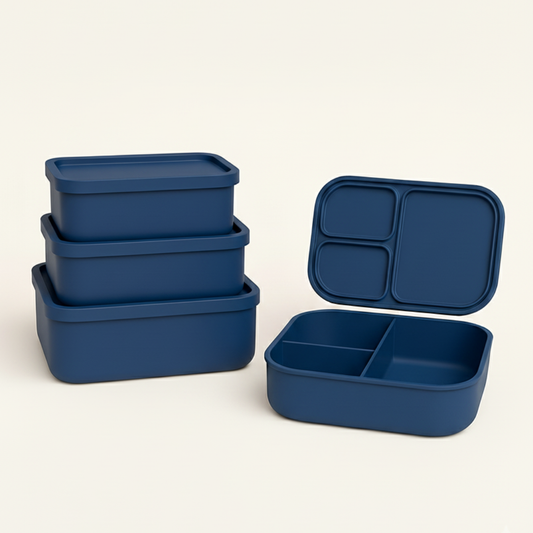
Preventing Seasonal Affective Disorder (SAD): 8 Strategies for Beating the Winter Blues
As the days grow shorter and the chill of winter sets in, many people find themselves grappling with the winter blues. Seasonal Affective Disorder (SAD), a form of depression that occurs seasonally, often during the darker months, can cast a shadow over the joyous holiday season. The good news is that there are effective strategies to manage and even prevent the onset of SAD. In this blog post, we'll explore some key strategies to help you beat the winter blues and keep your spirits high during the colder and darker times of the year.
1. Embrace Light Therapy: Let There Be Light
One of the hallmark symptoms of SAD is a lack of exposure to natural light. To combat this, consider investing in a light therapy lamp, often referred to as a "happy light." These lamps mimic natural sunlight and can help regulate your body's internal clock and boost your mood. Spend some time each day in the glow of the light therapy lamp to alleviate SAD symptoms.
2. Get Moving: Exercise for Mood Elevation
Regular exercise has a multitude of physical and mental health benefits, and it's especially helpful in warding off SAD. Physical activity increases the production of endorphins, those "feel-good" neurotransmitters. Whether it's a brisk walk, a yoga class, or dancing in your living room, find a form of exercise that you enjoy and make it a regular part of your routine.
3. Maintain a Balanced Diet: Fuel for Good Vibes
A well-balanced diet rich in fruits, vegetables, lean proteins, and whole grains can make a significant difference in your mood. Avoid excessive consumption of sugar and processed foods, which can lead to energy spikes and crashes. Omega-3 fatty acids, found in fish, flaxseeds, and walnuts, have also been linked to mood improvement.
4. Socialize and Seek Support: Stay Connected
Winter's shorter days can lead to social isolation, which is a common trigger for SAD. Make an effort to maintain social connections by planning activities with friends and loved ones. Support groups or therapy can be immensely helpful if you're experiencing more severe SAD symptoms.
5. Engage in Stress-Reducing Activities: Relax and Recharge
Chronic stress can exacerbate SAD, so incorporating stress-reduction techniques into your daily routine is crucial. Practices like meditation, deep breathing exercises, and mindfulness can help calm your mind and alleviate stress.
6. Decorate and Illuminate: Brighten Your Space
Bring a little sunshine indoors by decorating your living space with cheerful and well-lit decor. Use warm, uplifting colors, and ensure that your home is well-illuminated to create a brighter and more inviting atmosphere.
7. Plan a Winter Getaway: Change of Scenery
Sometimes, a change of scenery is just what you need to break the cycle of SAD. Consider planning a winter getaway or even a weekend retreat to a sunnier location to recharge your spirits.
8. Consult a Healthcare Professional: Seek Help When Needed
If you find that your SAD symptoms are overwhelming and affecting your daily life, don't hesitate to seek help from a healthcare professional. They can provide guidance on treatment options, such as psychotherapy or medication.
The darker months of winter don't have to be synonymous with gloom and despair. By incorporating these strategies into your life, you can effectively manage and prevent the onset of Seasonal Affective Disorder. Remember, you're not alone, and there's a path to brighter days even in the midst of winter.





